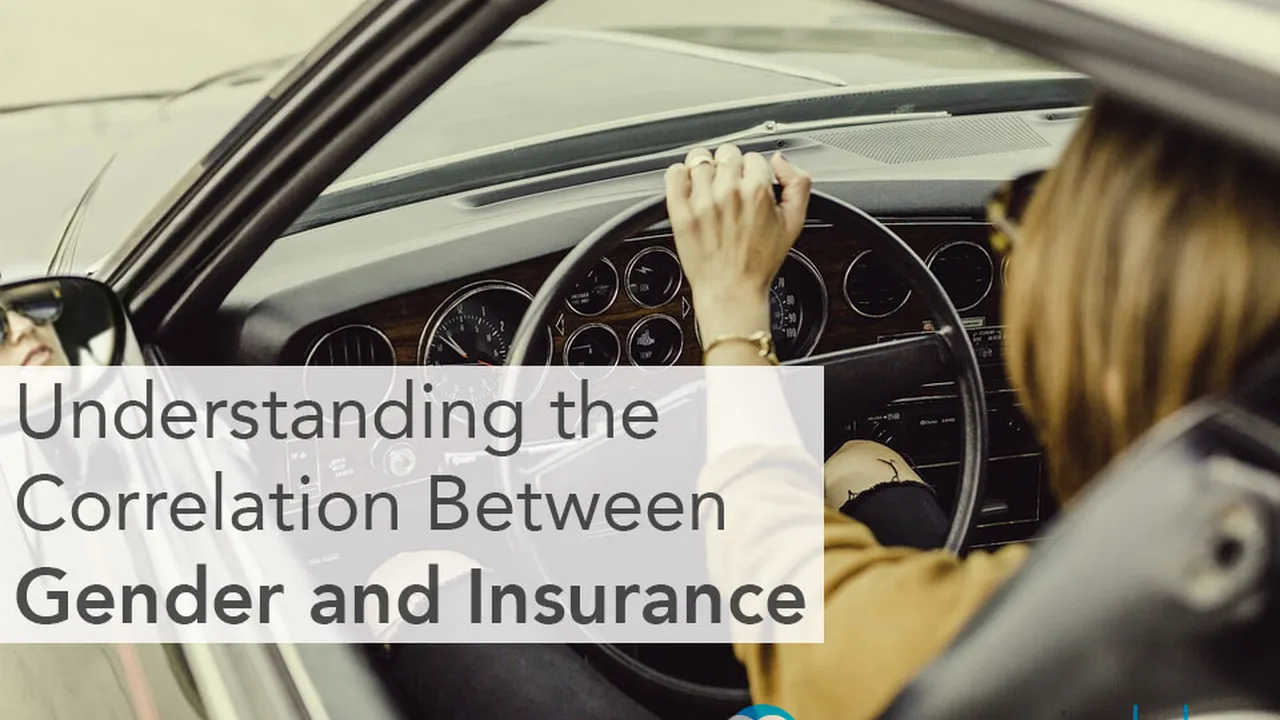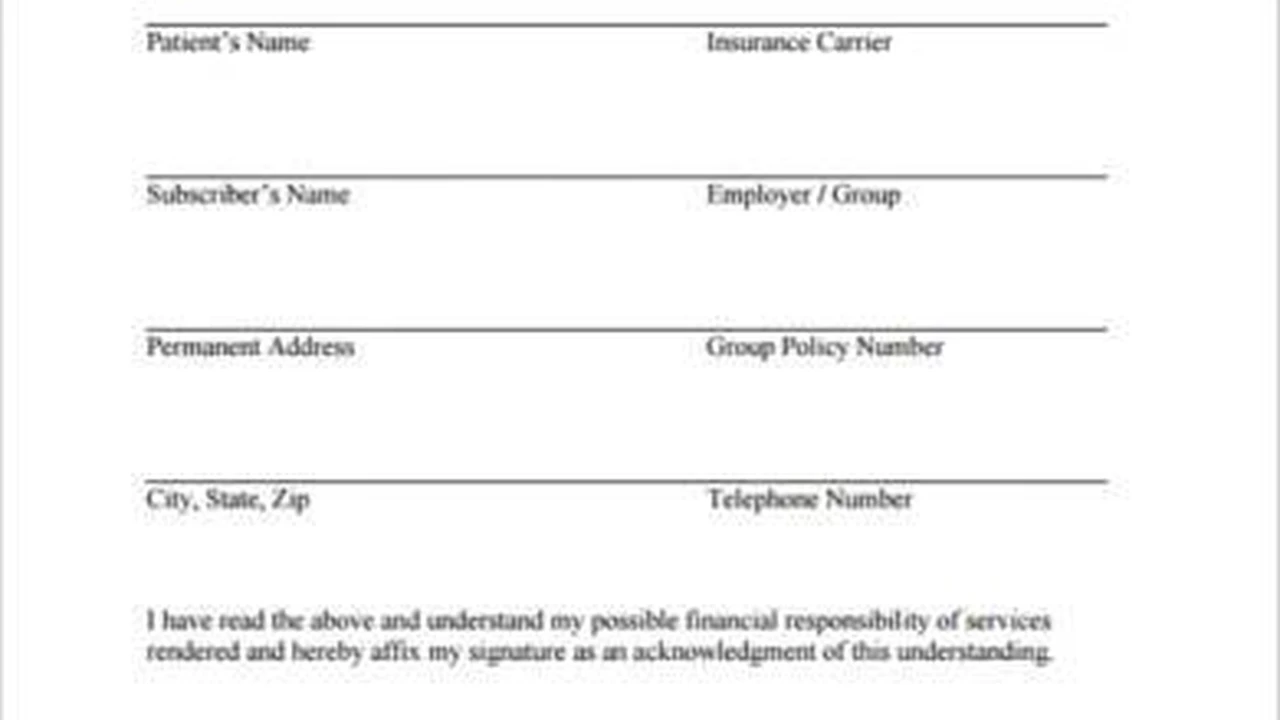Gender and Car Insurance: Is There a Difference in Rates?

Understanding Gender's Role in Car Insurance Premiums Gender and Car Insurance Rates
Okay, let's dive right into it. Does being a man or a woman actually impact how much you pay for car insurance? The answer, like most things in life, isn't a simple yes or no. Historically, insurance companies used gender as a factor when calculating premiums. The reasoning was based on statistical data showing differences in driving habits and accident rates between men and women. Men, statistically, were seen as more likely to engage in risky driving behaviors, leading to more accidents and claims. Women, on the other hand, were often perceived as safer drivers.
However, things are changing. Some states have banned the use of gender as a factor in determining car insurance rates. This is due to concerns about fairness and potential discrimination. So, where you live plays a huge role in whether or not your gender affects your premiums.
Why Gender Used to Matter in Car Insurance Risk Assessment and Statistics
Let's get into the nitty-gritty of why gender was (and in some places, still is) a factor. Insurance companies rely heavily on data. They analyze massive amounts of information to identify patterns and predict risk. Historically, this data showed that:
- Men were more likely to be involved in serious accidents.
- Men tended to drive more miles per year than women.
- Men were more likely to receive speeding tickets and other traffic violations.
This data led insurers to believe that men posed a higher risk, justifying higher premiums. However, it's crucial to remember that these are just statistical averages. Not all men are reckless drivers, and not all women are cautious ones. This is where the debate about fairness comes in.
States Where Gender is Banned in Car Insurance Gender-Neutral Car Insurance
As mentioned earlier, some states have taken a stand against using gender as a rating factor. These states believe that car insurance should be based on individual driving records and other factors, rather than broad generalizations about gender. States that have banned the practice include (but may not be limited to):
- California
- Hawaii
- Massachusetts
- Montana
- North Carolina
- Pennsylvania
In these states, insurers must rely on other factors, such as driving history, age, the type of car you drive, and your coverage choices, to determine your rates. This shift towards gender-neutral pricing aims to create a fairer system.
Other Factors That Affect Car Insurance Rates Driving History and Credit Score
Even in states where gender isn't a factor, there are plenty of other things that can impact your car insurance premiums. Here are some of the most common ones:
- Driving History: This is a big one. Accidents, tickets, and other violations will almost certainly lead to higher rates. A clean driving record is your best bet for keeping your premiums down.
- Age: Younger drivers, especially those under 25, typically pay more for car insurance. This is because they are statistically more likely to be involved in accidents. As you get older and gain more driving experience, your rates usually decrease.
- Location: Where you live matters. If you live in a densely populated area with high rates of accidents and theft, you'll likely pay more for car insurance than someone who lives in a rural area.
- Type of Car: The make and model of your car can also affect your rates. Expensive cars, sports cars, and cars that are frequently stolen tend to have higher premiums.
- Coverage Choices: The amount of coverage you choose (e.g., liability, collision, comprehensive) will impact your rates. Higher coverage limits and more comprehensive coverage will generally result in higher premiums.
- Credit Score: In many states, insurance companies use your credit score as a factor in determining your rates. A good credit score can help you get lower premiums, while a poor credit score can lead to higher rates.
Tips for Lowering Your Car Insurance Premiums Discounts and Safe Driving Habits
Alright, so what can you do to keep your car insurance costs down? Here are a few tips:
- Shop Around: Don't just stick with the first insurance company you find. Get quotes from multiple insurers to compare rates and coverage options.
- Bundle Your Insurance: Many insurance companies offer discounts if you bundle your car insurance with other policies, such as homeowners insurance or renters insurance.
- Increase Your Deductible: A higher deductible means you'll pay more out-of-pocket if you have an accident, but it can also lower your premiums.
- Take a Defensive Driving Course: Some insurance companies offer discounts to drivers who complete a defensive driving course.
- Maintain a Good Driving Record: This is the most important thing you can do to keep your rates down. Avoid accidents, tickets, and other violations.
- Improve Your Credit Score: If your credit score is low, take steps to improve it. This can help you get lower premiums on your car insurance.
- Ask About Discounts: Many insurance companies offer discounts for things like being a student, being a member of a certain organization, or having certain safety features in your car.
Product Recommendations: Telematics Devices and Usage-Based Insurance Usage Based Insurance and Safe Driving
Want to take control of your car insurance rates and potentially save money? Consider using a telematics device or signing up for usage-based insurance. These programs track your driving habits and reward safe driving with lower premiums.
Here are a few specific products and programs to consider:
Progressive Snapshot
Snapshot is a telematics program offered by Progressive. It tracks your driving habits, such as hard braking, speeding, and time of day you drive. If you demonstrate safe driving habits, you can earn a discount on your car insurance. The device plugs into your car's OBD-II port and transmits data to Progressive. The cost is free to participate, and potential savings can be significant. Usage scenario: Perfect for drivers who believe they are safe drivers and want to prove it to their insurance company. It's also great for those who want to monitor their driving habits and identify areas for improvement.
Allstate Drivewise
Drivewise is Allstate's telematics program. It also tracks your driving habits and rewards safe driving with discounts. Similar to Snapshot, it monitors things like speed, braking, and mileage. Drivewise is available as a mobile app, so you don't need a separate device. Usage scenario: Ideal for drivers who prefer a mobile app-based solution and want to earn rewards for safe driving. It's also a good option for families with multiple drivers, as it can track the driving habits of each driver.
State Farm Drive Safe & Save
State Farm's Drive Safe & Save program uses a combination of telematics and mobile app technology to track your driving habits. It monitors things like speeding, hard braking, and phone usage while driving. The program offers potential discounts for safe driving. Usage scenario: Suitable for drivers who are committed to safe driving and want to be rewarded for it. It's also a good choice for those who want to reduce distracted driving.
Comparing Telematics Programs Features and Potential Savings
When choosing a telematics program, consider the following factors:
- Data Collected: What driving habits are tracked?
- Discount Potential: How much can you save?
- Ease of Use: Is the device or app easy to use?
- Privacy: How is your data used and protected?
Here's a quick comparison table:
| Program | Data Collected | Discount Potential | Ease of Use |
|---|---|---|---|
| Progressive Snapshot | Hard braking, speeding, time of day | Up to 30% | Easy (plugs into OBD-II port) |
| Allstate Drivewise | Speed, braking, mileage | Up to 25% | Easy (mobile app) |
| State Farm Drive Safe & Save | Speeding, hard braking, phone usage | Varies | Easy (mobile app) |
Cost of Telematics Devices and Usage-Based Insurance Pricing and Availability
Most telematics programs are free to participate in. The insurance company provides the device or app at no cost. However, it's important to note that your rates could potentially increase if your driving habits are deemed unsafe. Always read the terms and conditions of the program carefully before signing up.
The potential savings from telematics programs can vary depending on your driving habits and the specific program. Some programs offer discounts of up to 30% for safe driving.
:max_bytes(150000):strip_icc()/277019-baked-pork-chops-with-cream-of-mushroom-soup-DDMFS-beauty-4x3-BG-7505-5762b731cf30447d9cbbbbbf387beafa.jpg)





